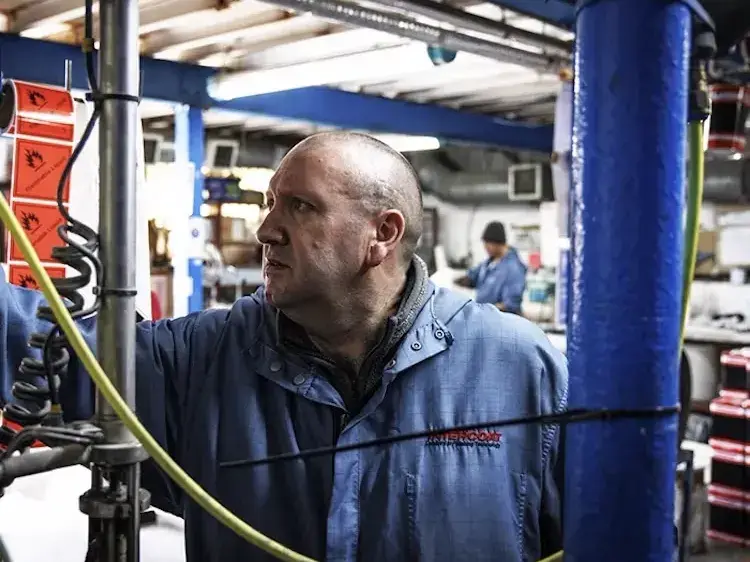About us
Established for over 50 years, we continue to build strong and lasting partnerships with our clients by providing them with consistent, quality coating solutions, unrivalled customer service and technical support.
A leading UK manufacturer and supplier of paints, coatings and finishes for wood, metal, plastics and more.
Intercoat Industrial Paints has earned a reputation for its commitment to technical innovation and excellence. The company has continually invested in research and development, driving the industry forward with groundbreaking solutions.

QUALITY COATINGS FOR ALL INDUSTRIES
We take pride in being a UK-based manufacturer of high-quality coatings and paints. As the innovators behind scientifically developed coating solutions. Our products are designed to meet a wide range of applications, including joinery, furniture, kitchens, bathrooms, caskets, flooring, and more. Whatever your coating needs, we offer tailor-made solutions that deliver superior performance across multiple sectors.
In-house R&D
With a team of expert Chemists and Technical Services Managers boasting over 30 years of experience, Intercoat Industrial Paints delivers reliable, innovative coatings solutions. Their commitment to research and development drives cutting-edge advancements in the industry.


Distribution Network
We offer fast, reliable nationwide delivery across the UK, with a dedicated team of drivers ensuring your orders reach you quickly. Plus, our extensive network of trusted distributors means you can find our full range of paints locally, wherever you are.
WHY CHOOSE INTERCOAT FOR YOUR NEXT PROJECT?
Expert technical Support
Professional guidance to help customers choose the perfect coating.
High-Quality & durability
Products designed to offer exceptional quality and durability.
Bespoke product Offering
We produce both standard and bespoke coatings, designed to suit customer requirements.
Sustainable Coatings
Choose from a complete range of Low Odour, Eco-friendly and Sustainable solutions.
Get in touch
Client Testimonials
“Intercoat's Midlands Sales Manager has been at our factory for nearly two days carrying out what seemed like an impossible task. I have never seen this level of quality work and support before. He was a true professional, and nothing was too much trouble for him. Great service from Intercoat Paints!”
Furniture Manufacturer - Sven Christiansen







